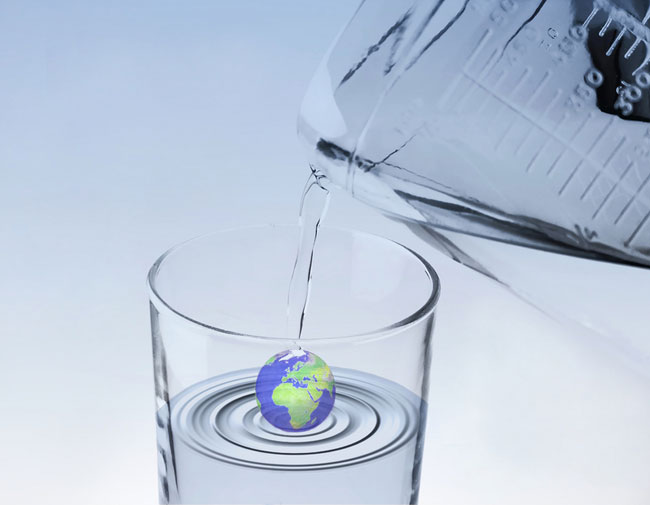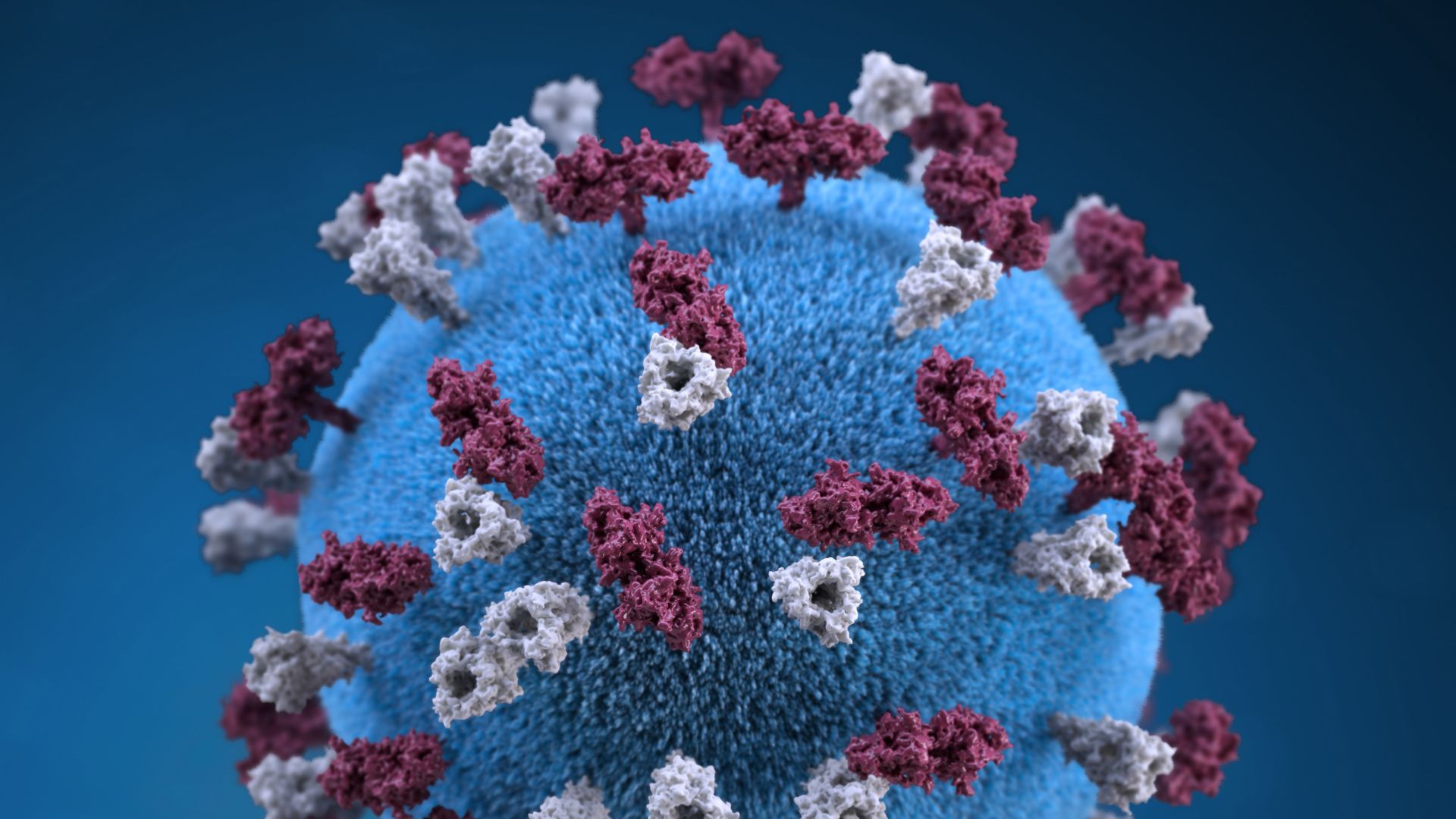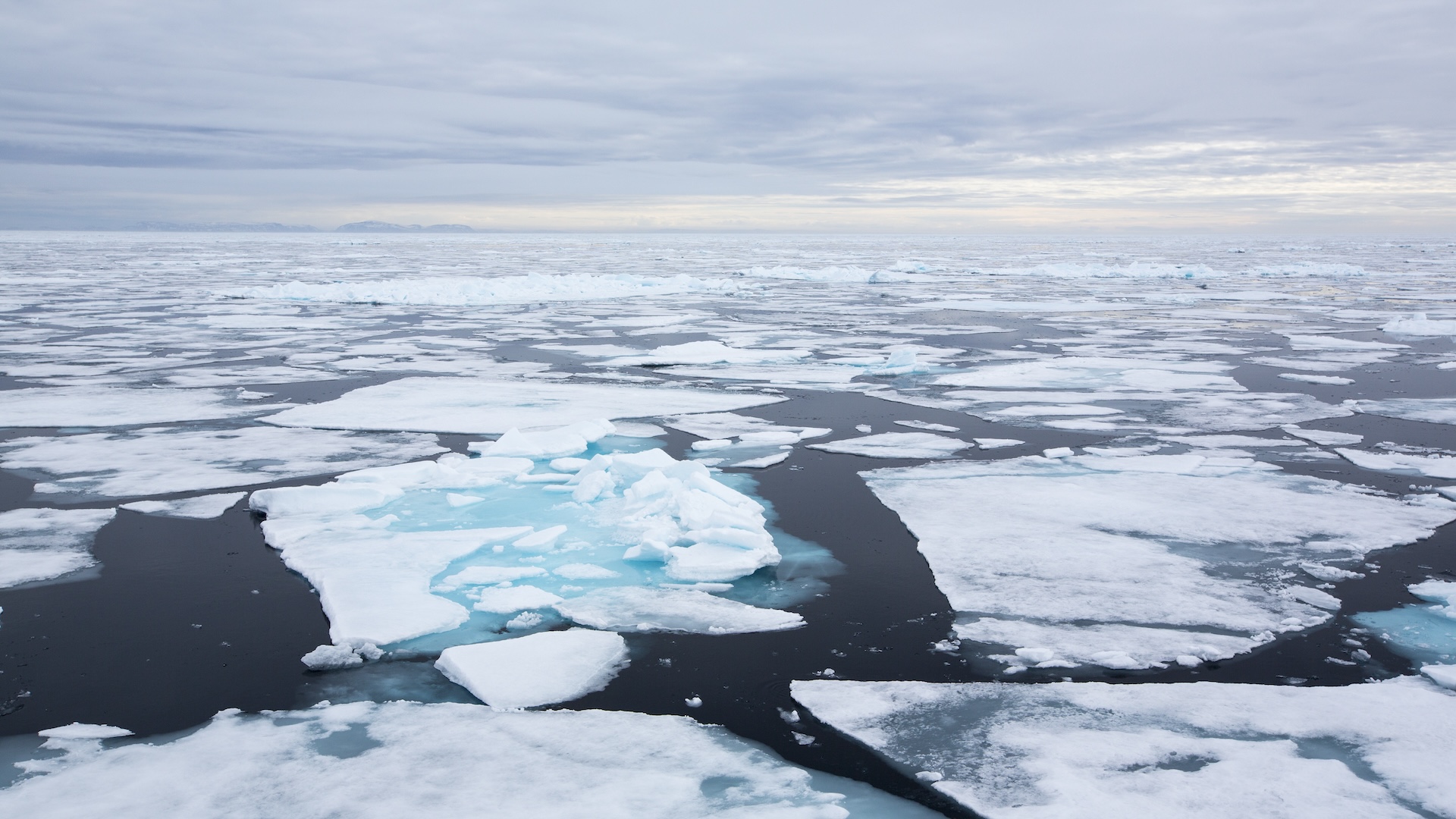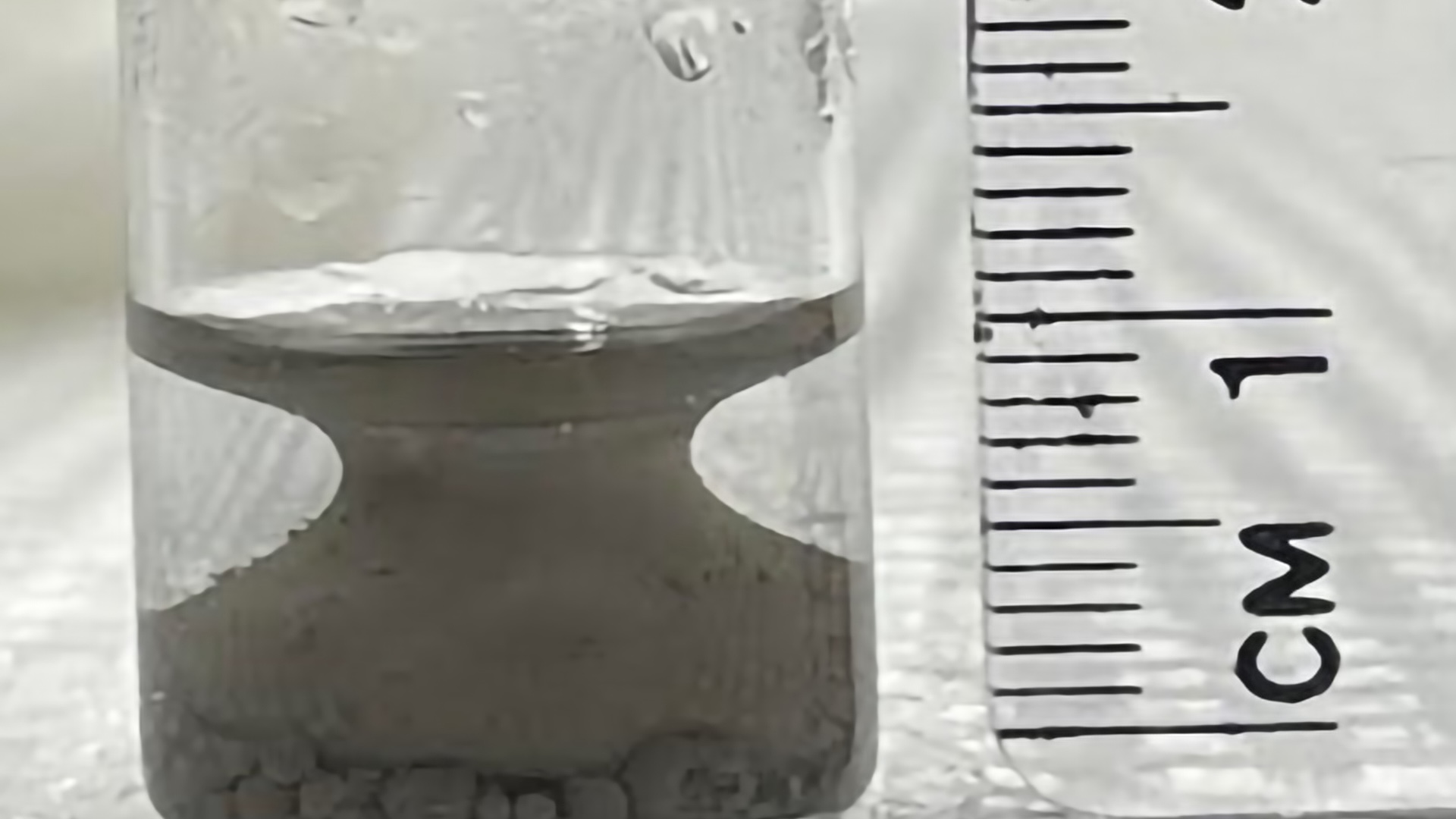Why Desalination Doesn't Work (Yet)

With water fast becoming a hot commodity, especially in drought-prone regions with burgeoning populations, an obvious solution is to take the salt out of seawater. Desalination technology has been around for thousands of years, after all. Even Aristotle worked on the problem.
Tantalizing as desalinated water might sound, the energy costs have made it rather unpalatable.
"Until recently, seawater desalination was a very expensive water source solution," said Gary Crisp, an engineer for the Water Corporation of Western Australia.
Drinking seawater straight is a bad idea because your body must expel the salt by urinating more water than it actually gains. Seawater contains roughly 130 grams of salt per gallon. Desalination can reduce salt levels to below 2 grams per gallon, which is the limit for safe human consumption.
Currently, between 10 and 13 billion gallons of water are desalinated worldwide per day. That's only about 0.2 percent of global water consumption, but the number is increasing.
"There is significant growth in desalination capacity throughout the world, and it is anticipated to continue for sometime," says Stephen Gray of Victoria University.
Gray has been chosen to lead a new research program in Australia—where many regions lack fresh water supplies—to improve the efficiency of desalination plants.
Sign up for the Live Science daily newsletter now
Get the world’s most fascinating discoveries delivered straight to your inbox.
Aristotle's efforts
Back in the 4th century B.C., Aristotle imagined using successive filters to remove the salt from seawater.
But the first actual practice of desalination involved collecting the freshwater steam from boiling saltwater. Around 200 A.D., sailors began desalinating seawater with simple boilers on their ships.
The energy required for this distillation process today makes it prohibitively expensive on a large scale. A lot of the current market for so-called "thermal desalination" has therefore been in oil-rich, water-poor countries in the Middle East.
Since the 1950s, researchers have been developing membranes that could filter out salt, similar to what Aristotle originally envisioned. Presently, this membrane technique, sometimes called "reverse osmosis," requires one-fourth of the energy and costs half of the price of distilling saltwater.
"In the last ten years, seawater reverse-osmosis has matured into a viable alternative to thermal desalination," Crisp says.
Energy is key
But even with membranes, large amounts of energy are needed to generate the high pressure that forces the water through the filter. Current methods require about 14 kilowatt-hours of energy to produce 1,000 gallons of desalinated seawater.
A typical American uses 80 to 100 gallons of water a day, according to the U.S. Geological Survey. The entire country consumes about 323 billion gallons per day of surface water and another 84.5 billion gallons of ground water.
If half of this water came from desalination, the United States would need more than 100 extra electric power plants, each with a gigawatt of capacity.
Depending on local energy prices, 1,000 gallons of desalinated seawater can cost around $3 or $4. Although that might not seem like much, it is still cheaper in many places to pump water out of the ground or import it from somewhere else.
But the price difference will undoubtedly narrow, especially in regions that could experience more intense droughts owing to climate change.
Water use has been growing twice as fast as population growth, causing more and more communities to suffer water shortages. The demand for freshwater supplies will drive prices higher, making desalination increasingly attractive.
Brainstorming on membranes
The number of desalination plants worldwide has grown to more than 15,000, and efforts continue to make them more affordable.
Last month, Australia's largest scientific research agency joined with nine major universities in a membrane research program to reduce desalination energy costs, as well as maintenance costs associated with gunk sticking to membranes and fouling them up.
"Lowering the energy required for desalination and the fouling propensity of membranes are the two biggest challenges facing desalination," Gray says.
A team of diverse researchers will try to tackle these problems by developing new types of membrane materials. The goal is to cut in half the energy required for desalination.
"We would hope to have something available within the next 10 years," Gray said.
- Timeline: The Frightening Future of Earth
- Man vs. Nature and the New Meaning of Drought
- Oil Production Could Peak Next Year











